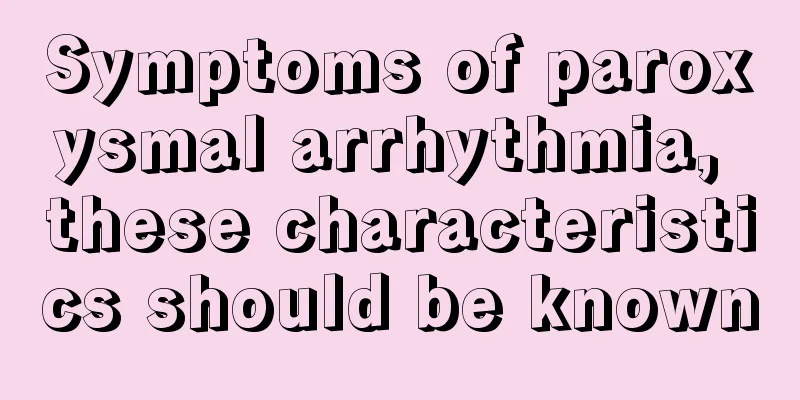Can laryngoscope detect laryngeal cancer?

|
Cancer experts introduce: Laryngoscopy for laryngeal cancer Cancer experts point out that laryngeal cancer is not terrible. As long as the disease is diagnosed early and treated in time, it is very likely to be controlled in time. Therefore, it is necessary to do a good job of laryngeal cancer examination to help people detect laryngeal cancer early. The following cancer experts from the Oncology Hospital introduce the post-examination of laryngeal cancer, hoping to help everyone. 1. Indirect laryngoscopy for laryngeal cancer: Anyone with hoarseness must undergo this examination to check the internal structure of the larynx, whether the two sides are symmetrical, whether there is redness, swelling, ulcers or tumors, and to check the activity of the vocal cords, fissured folds, epiglottis, etc. If necessary, under the clear vision of the indirect laryngoscope, take living tissue with forceps and send it for pathological examination or smear cytology examination. 2. Direct laryngoscopy for laryngeal cancer: usually only used when indirect laryngoscopy is unsatisfactory or it is difficult to obtain pathological specimens, such as the removal of living tissues from anterior commissure, laryngeal chamber or subglottic tumors, and the removal of polyps and papilloma. It is contraindicated for patients with cervical spine movement disorders and dyspnea. When direct laryngoscopy is necessary for combined laryngeal obstruction, preparations for tracheotomy should be made. Patients with hoarseness must undergo this examination to check the internal structure of the larynx, whether the two sides are symmetrical, whether there is redness, swelling, ulcers or tumors, and to check the movement of the vocal cords, fissured folds, epiglottis, etc. Some patients also need to take living tissues under the direct vision of the indirect laryngoscope for pathological examination or smear cytology examination. 3. Fiberoptic laryngoscopy and microlaryngoscopy for laryngeal cancer examination provide new diagnostic measures for laryngeal cancer examination and early detection. This examination includes fiberoptic laryngoscopy and microlaryngoscopy, which provides a new diagnostic method for early detection and diagnosis of some laryngeal cancer patients. Laryngoscopy is one of the important means of diagnosing laryngeal cancer. It can observe the changes in the larynx and the activities of the vocal cords and epiglottis, find out whether the patient has local neoplasms, ulcers, etc., and observe the location, shape, and size of the tumor. It can also take living tissue for pathological examination. There are three types of laryngoscopy: direct laryngoscopy, indirect laryngoscopy, and fiberoptic laryngoscopy. Patients can choose different methods according to different diseases. |
>>: What are the symptoms of intracranial neurofibroma
Recommend
How often should cervical cancer screening be performed
For women over 65, cervical cancer screening can ...
What to do if lung cancer recurs? Surgical treatment according to the situation
If lung cancer recurs, surgery can be performed a...
Is it okay to apply milk on the face
Milk has many benefits and high nutritional value...
Why can't MSG be added to eggs
Many people like to eat scrambled eggs. Scrambled...
Breast cancer radiotherapy health care is very important
Radiotherapy is a method of treating breast cance...
What should I do if I get anxious and irritated and want to hit someone when I hear noise?
If you feel flustered and want to hit someone whe...
What do meridians in traditional Chinese medicine refer to
Many health clubs now offer Chinese medicine weig...
What are the dangers of stimulant laxatives
We all know that it has to be three parts poison....
What are the symptoms of advanced primary liver cancer? Four common symptoms of advanced primary liver cancer
If we talk about liver cancer, many people are fa...
Symptoms of organ dysfunction
Organ dysfunction is a relatively serious disease...
Dietary considerations for uterine cancer
When it comes to cancer, many people will sigh, b...
What are the consequences of cystectomy?
Many people have had their bladders removed due t...
What will happen if you have chronic constipation
Chronic constipation is very bad, because long-te...
What to do if the joint is swollen after spraining your foot
Many friends often sprain their feet when playing...
Prevention of endometrial cancer
Endometrial cancer is a common disease that threa...









